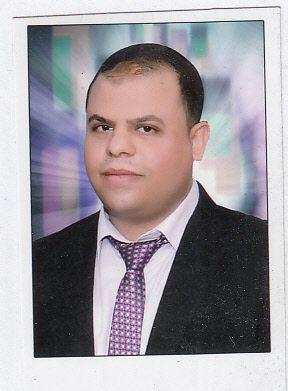Objectives: This study aims to investigate the efficacy of transforaminal epidural steroid injection (TFESI) versus radiofrequency application on drug consumption for lumbosacral radicular pain relief .
Patients and methods: The study, which was conducted between September 2012 and September 2014, included 40 patients with lumbosacral radicular pain. All injections were applied under C-arm fluoroscopy guidance, using a mix of bucaine and lidocaine. patient’s intake of analgesic medication was measured at the baseline before the intervention, and again after the intervention by one week ,after 1 month and after three months , to determine the effect of intervention on analgesic drug consumption , amount of drug consumption measured in mgs per day.
Results: There was statistically significant difference in the NSAIDs consumption post procedure between the two groups, steroid group had a decrease in NSAIDs (Ibuprofen) consumption more then the PRF group (P-value<0.05), There was statistically significant difference in the tramadol consumption post procedure between the two groups specially after one week and one month, steroid group had a decrease in tramadol consumption more then the PRF group (P-value<0.05) , There was no statistically significant difference in the pregabaline consumption post procedure between the two groups, but steroid group had a decrease in pregabaline consumption more then the PRF group (P-value < 0.05).
Conclusion: In this follow-up study, transforaminal epidural steroid injection was found to be effective in both the early period and in the mid-term, And improve the drug consumption more than the radiofrequency application

